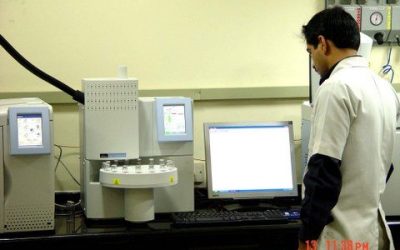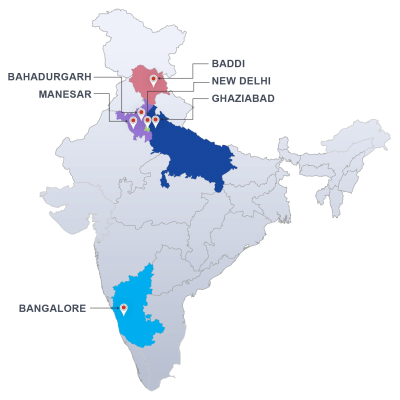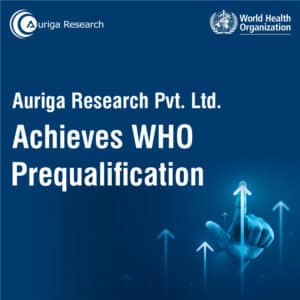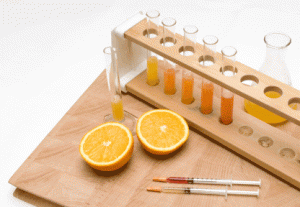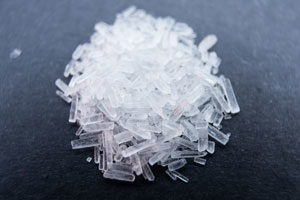
MSG or monosodium glutamate is one of the most common yet most controversial ingredients added to foods during processing to improve the final product’s taste and flavor.
Being a concerned consumer, you must know about this ingredient. But don’t worry if you have not heard about what is MSG in food or what are glutamate foods. We have collected all the information on the topic, along with the results of monosodium glutamate in food tests. So you will be able to understand MSG’s effects on your food and health.
What Is MSG In Food?
Monosodium glutamate (MSG) is the sodium salt of glutamic acid. This is a non-essential amino acid that is widely available in nature. Vegetables like tomatoes, Parmesan cheese, potatoes, mushrooms, and other vegetables and fruits contain naturally-occurring MSG.
It is used as a flavor enhancer with an umami taste – the so-called “fifth taste” – that is responsible for the meaty, savory flavor of food. MSG is very popular in Korean, Japanese and Chinese dishes.
MSG, available under the trade name Ajinomoto™ is used to enhance the taste of dishes like chilly chicken, chilly paneer, fried rice, chow mein, chicken soup, chicken Manchurian and other such Chinese delicacies.
Some of the common food items in which you can find MSG easily are:
- Fast Foods: Along with street foods, prominent fast-food chains also use MSG in their products. So, it is important to keep a check on your fast food consumption to ensure that it doesn’t compromise your health.
- Instant Noodle Products: Several instant noodles and pasta brands use MSG to improve the taste and shelf life of their products.
- Condiments: These include soy sauce, ketchup, barbeque sauce, mayonnaise, some salad dressings, and more.
- Soups: Just like instant noodles, instant and canned soups use MSG for a better flavor.
- Frozen Meals: A majority of frozen foods contain MSG. Therefore, you should keep track of how much of these you are consuming.
- Seasoning Blends: A high amount of MSG is found in several seasoning blends. To avoid the consumption of these, you can try making the same at home.
- Chips And Other Snacks: Chips and snacks are some of the products that contain monosodium glutamate. It is responsible for giving unique flavors to your favorite chips and snacks.
For the packaged food items, you can read their ingredient list to find out whether or not MSG is present in it.
Now that you understand the use of monosodium glutamate, let’s see how it can affect your health badly.
Side Effects Of MSG In Food
The U.S. Food and Drug Administration (USFDA) classifies MSG as “generally recognized as safe (GRAS).” Still, it is believed that large doses of MSG can cause headaches, nausea, and general discomfort, which is known as “Chinese Restaurant Syndrome.” However, controlled scientific studies have refuted such claims.
Plus, studies also show that only 5% of the total population has sensitivity towards MSG. So there is nothing much to worry about. Even many scientists do not believe that the use of monosodium glutamate foods causes any such trouble.
What Are FSSAI Guidelines on MSG
The Food Safety and Standards Authority of India (FSSAI), the apex authority on food safety and standards in India, has formulated a regulation pertaining to MSG. As per Regulation 2.2.1:1 of the FSSR, “Pre-packaged food shall not be described or presented on any label or in any labeling manner that is false, misleading or deceptive or is likely to create an erroneous impression regarding its character in any respect”. Importantly, the USFDA regulations also indicate that if a food sample contains “naturally occurring MSG”, the manufacturers cannot label the pack “No added MSG”.
Furthermore, the FSSAI specifies that all advertisements on food packages containing added MSG must declare the following:
As per the FSSAI guidelines, MSG cannot be added to pasta and noodles. FSSAI has fixed the maximum permissible limits of MSG in canned crab meat at 500mg/kg. However, no guidelines currently exist for the maximum limit of naturally occurring MSG in food.
In case any manufacturer fails to abide by these guidelines, they will come under the radar of these food authorities. Legal action will also be taken against these manufacturers, causing controversies in their name.
Talking about controversies, let’s look at how monosodium glutamate in Maggi® led the brand to big trouble.
MSG and the Maggi® Controversy
Maggi® is mainly known for its instant noodles that have gained popularity amongst Indians, young and old alike, over the years. In 2015, a controversy flared-up when the Food Safety and Drug Administration (FDA) in Uttar Pradesh (UP) found high levels of MSG in two dozen packets of Maggi® noodles that were tested.
The government issued a notice to Nestlé to recall 2 lakh packets of the product from the state. This also prompted two other states – Gujarat and Maharashtra – to carry out checks of the product. Fortunately, to the relief of the consumers, the issues between the government and Nestlé has sorted out amicably. However, the FSSAI is still exercising caution about MSG.
FSSAI Regulation Alterations After The Maggi® Event
After the entire controversial event, FSSAI brought in some changes in the food regulations to ensure no such problem occurs again. The FSSAI on 31st March 2016 issued an order that clarified the use of MSG as a flavor enhancer in seasoning for noodles and pasta.
The order states that “Specific enforcement/prosecution cannot be launched against manufacturers of noodles/pasta on account of the presence of MSG/glutamic acid unless it is ascertained by the relevant government authority that MSG was deliberately added during the course of manufacture without the required declaration on the label”.
How Glutamate Foods Get Tested in the Laboratory?
- High-Performance Liquid Chromatography (HPLC): This chromatography process is used to break down a mixture of compounds. Therefore, the presence of MSG can be identified from a mixture through this method.
- High-Performance Thin Layer Chromatography (HPTLC): Both HPLC and HPTLC work on the same principles of chromatography. However, HPTLC can be considered as an improved version of the conventional TLC. So it provides various benefits like simultaneous analysis and better accuracy.
Importantly, it should be noted that food samples containing “naturally occurring MSG,” in spite of a “no added MSG” label, will give a positive test for MSG by the above methods.
How Can We Help?
Arbro Pharmaceuticals Pvt. Ltd. has NABL accredited and FSSAI approved laboratories with state-of-the-art instruments like HPLC and HPTLC for testing of MSG in food samples.
Our dedicated scientific staff are always abreast of the latest developments in the scientific arena and are well versed with the latest techniques and instrumentations to carry out testing of chemical constituents of various types of foodstuffs on a regular basis.
If you would like to use our testing services, please feel free to contact us through the contact form or call us now on +91-11-45754575. We will be happy to provide you with a proposal for testing of MSG in your food samples.
References
- Food Safety and Standards Authority of India (FSSAI). Order: “Clarification on use of monosodium glutamate as a flavor enhancer in seasoning for noodles and pasta”. File No. 1 (105) Maggi Noodles/2015/FSSAI (Part-I), dated 31st March 2016. Available at: http://old.fssai.gov.in/Portals/0/Pdf/Order_MSG_31_03_2016.pdf






